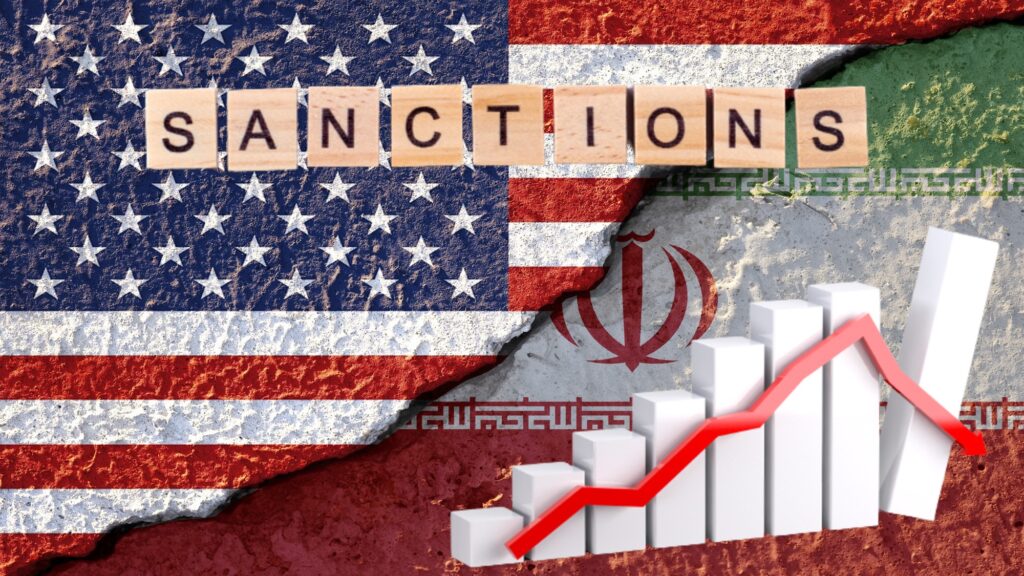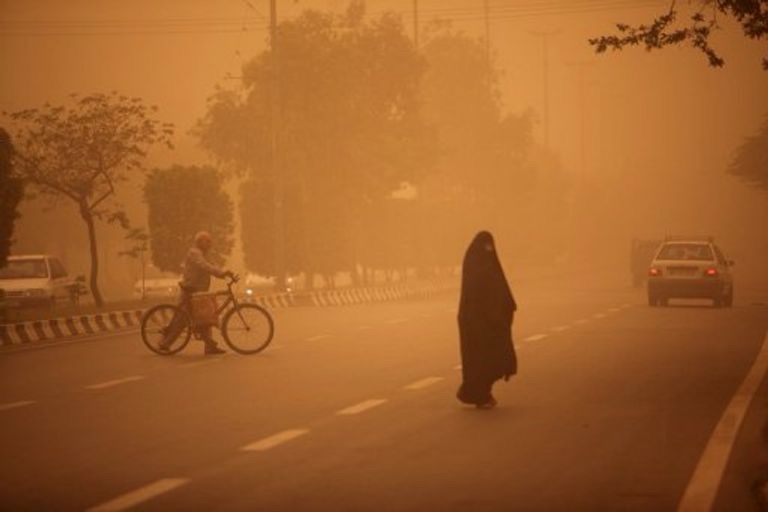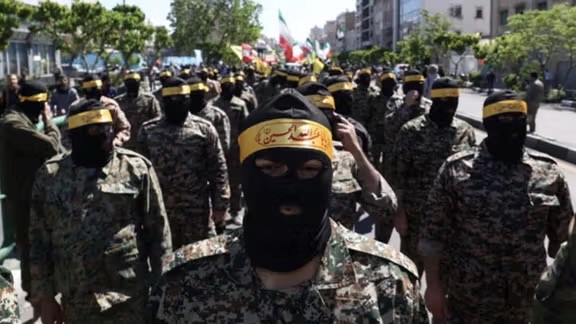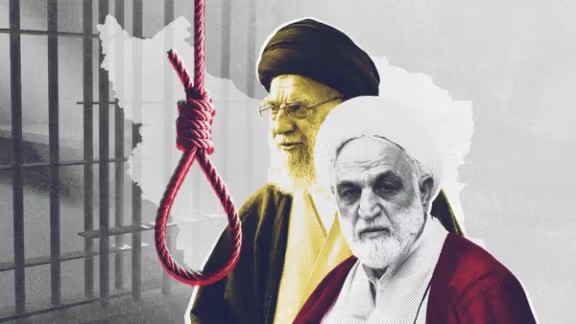
Economic commentators in Tehran are raising alarm over Iran’s increasing economic dependency on developments in Washington, as domestic markets now react sharply even to minor changes within the U.S. administration.
Experts argue that Iran’s official approach to economic recovery—centered largely on negotiations with the United States—ignores deeper structural problems that continue to weaken the country from within.
“Our economy is deeply reactive to political signals,” said Kamal Seyyed-Ali, a former deputy governor of Iran’s Central Bank. “The mere possibility of renewed conflict sends the dollar soaring.”
Seyyed-Ali pointed to a sharp jump in the dollar-to-rial exchange rate in March—reaching an all-time high of 1.05 million rials—after former U.S. President Donald Trump issued threats of military action against Tehran. Although the rate temporarily declined when indirect talks began in Oman, it quickly rebounded as negotiations stalled—highlighting how Iran’s economic outlook is increasingly tied to geopolitical tensions.
This pattern, he noted, reflects a dangerous dependency: both markets and decision-makers are acting as though diplomacy with the U.S. is the only path forward.
In a recent editorial, the hardline newspaper Kayhan sharply criticized the government’s economic agenda, questioning whether Tehran has any plan beyond negotiating with Washington. “What has the government done apart from sit at the table with the Americans?” the paper asked, adding that diplomacy should support the economy—not replace reform.
Years of misplaced optimism about sanctions relief have obscured the regime’s failure to address underlying challenges. Among the most urgent issues: a collapsing banking system, outdated industries, neglected agriculture, and dysfunction in both pension funds and public services.
Widespread blackouts caused by severe power shortages have paralyzed essential infrastructure, from water distribution to telecommunications. As a result, housing, transport, and healthcare costs have surged. Even basic services are now disrupted.
In April, Energy Minister Abbas Aliabadi admitted that Iran’s power generation capacity stands at just 65,000 megawatts—far short of the 85,000 megawatts required to meet peak demand. A vicious cycle is making matters worse: water shortages are disabling power plants, while power outages cripple water delivery.
These breakdowns have prompted growing anger among the public, with many citizens voicing frustration on Persian-language media abroad. Callers to Iran International have described how power cuts in major cities are affecting mobile networks, internet access, and even access to clean water.
Meanwhile, the latest round of U.S. sanctions has targeted Iran’s troubled petrochemical sector—already the subject of several high-profile corruption cases. Though the judiciary has acknowledged multi-billion-dollar scandals, most remain unresolved, fueling accusations of impunity and systemic failure.
Despite continued economic stagnation—Iran’s industrial production shrank by 1.6% in January—government officials continue to point fingers solely at sanctions, refusing to address internal mismanagement. Successive administrations blame each other, avoiding responsibility as public discontent deepens.
Economists warn that even a breakthrough in nuclear talks or a temporary easing of sanctions will not solve Iran’s underlying economic crisis. Without bold reforms to confront corruption, inefficiency, and institutional decay, any recovery will be fragile and wholly dependent on external developments.





